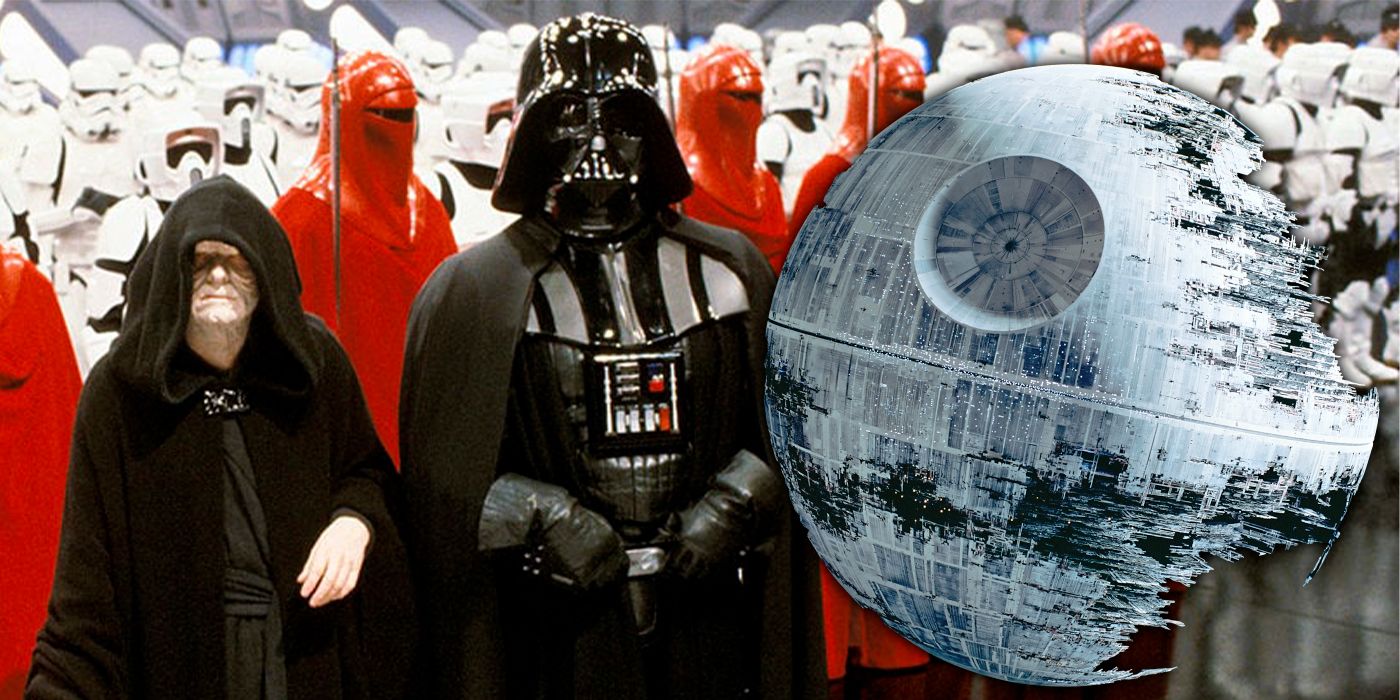
The original Star Wars trilogy, with its gunslinger-like Han Solo character and samurai-style Jedi Knights, was heavily influenced by a variety of classic films. However, George Lucas, its creator, acknowledged that one of his primary inspirations came from the Vietnam War. The U.S. involvement in this war began in 1965, with over half a million American troops deployed to Vietnam by 1969. The war ended in 1975, leaving nearly 60,000 Americans dead and the conflict was widely viewed as a disastrous failure. Many Americans, including Lucas, were opposed to the war due to doubts about U.S. involvement and the graphic violence shown on live television during the conflict.
The themes of Star Wars manifest in various forms, some predictable and others unexpected, across Lucas’s initial trilogy. Even as fresh creative minds, who emerged after the conflict, contribute their unique perspectives, these elements have remained a fundamental part of the franchise. Given its timeless backdrop, it’s inevitable that the saga reflects the era from which it was born, and George Lucas’s ideologies permeate the narrative. Star Wars is as much about politics as it is about adventure, and at the time Lucas was writing it, there was no more pressing political issue than the Vietnam War. Four decades later, this essence endures and continues to shape the franchise that evolved from it.
As a dedicated cinema enthusiast, I recently delved deeper into the creation story of Star Wars. It turns out that George Lucas drew significant inspiration from real-life events such as the Vietnam War when he conceived this iconic science fantasy franchise. Over time, this connection has become more apparent, particularly in the political undertones of the prequels. Similarly, the inspirations behind Andor are becoming increasingly clear, which lends further credence to the notion that Star Wars serves as an allegory for Vietnam – a perspective that feels even more resonant now.
Politics Were Integral To George Lucas’ Star Wars Concept
Lucas Also Had Vietnam On His Mind When Writing Star Wars
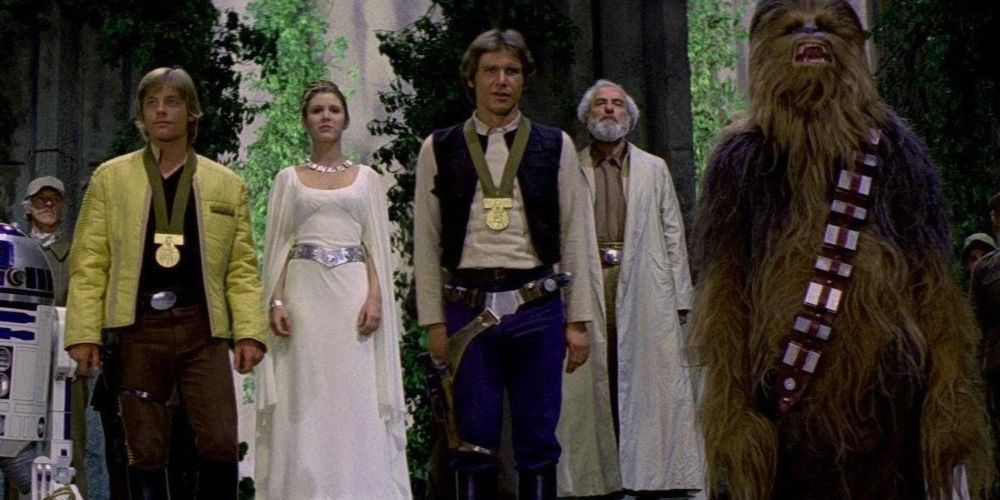
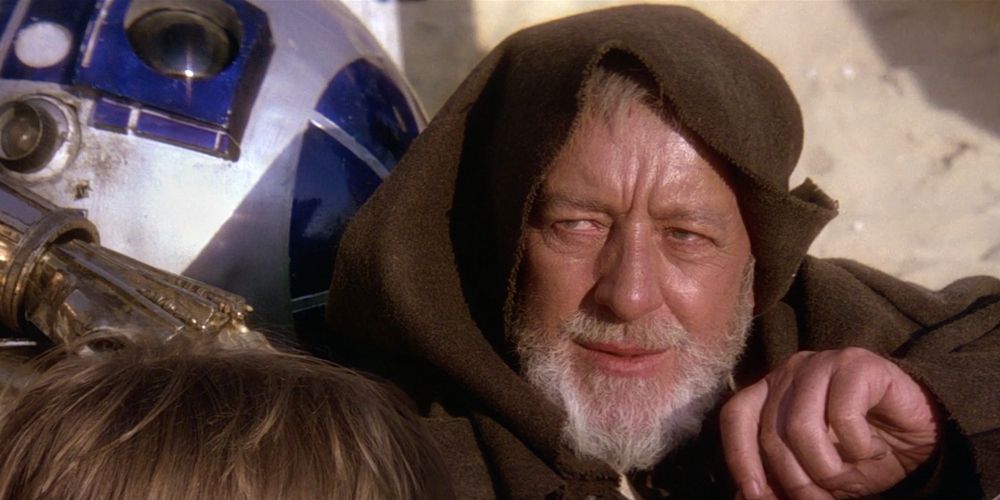
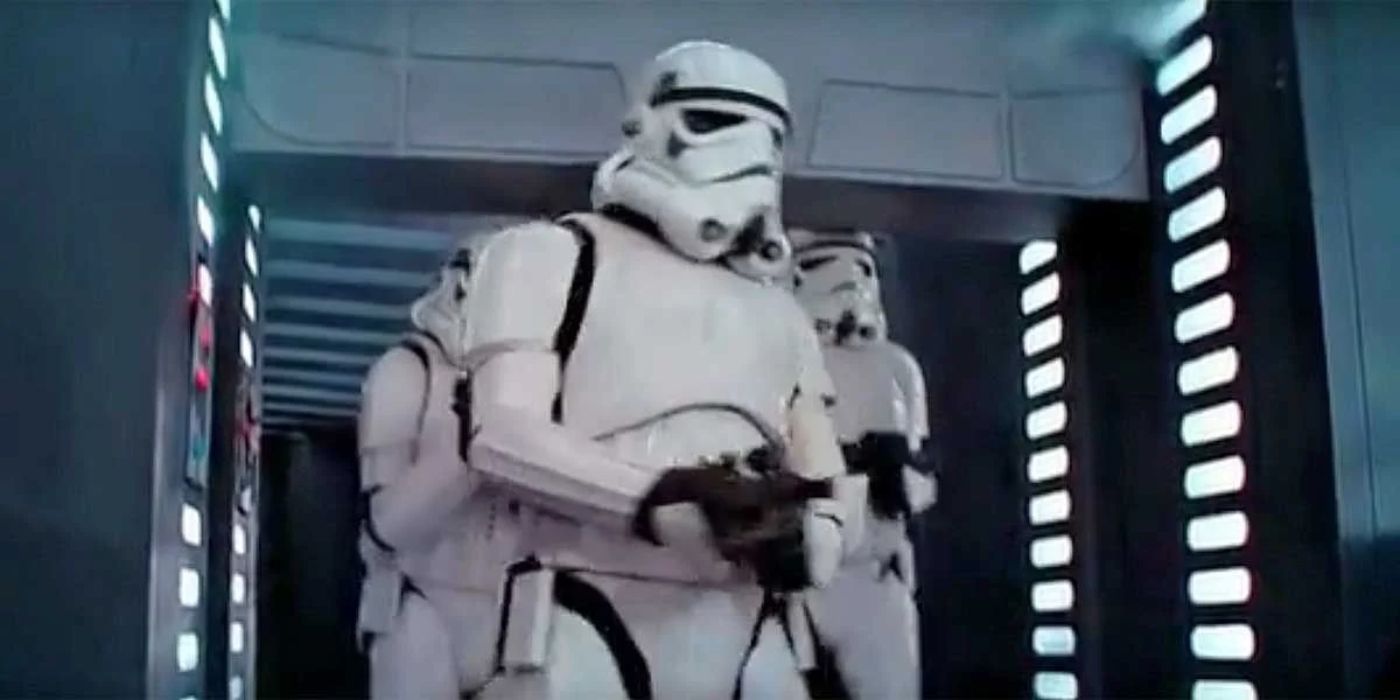
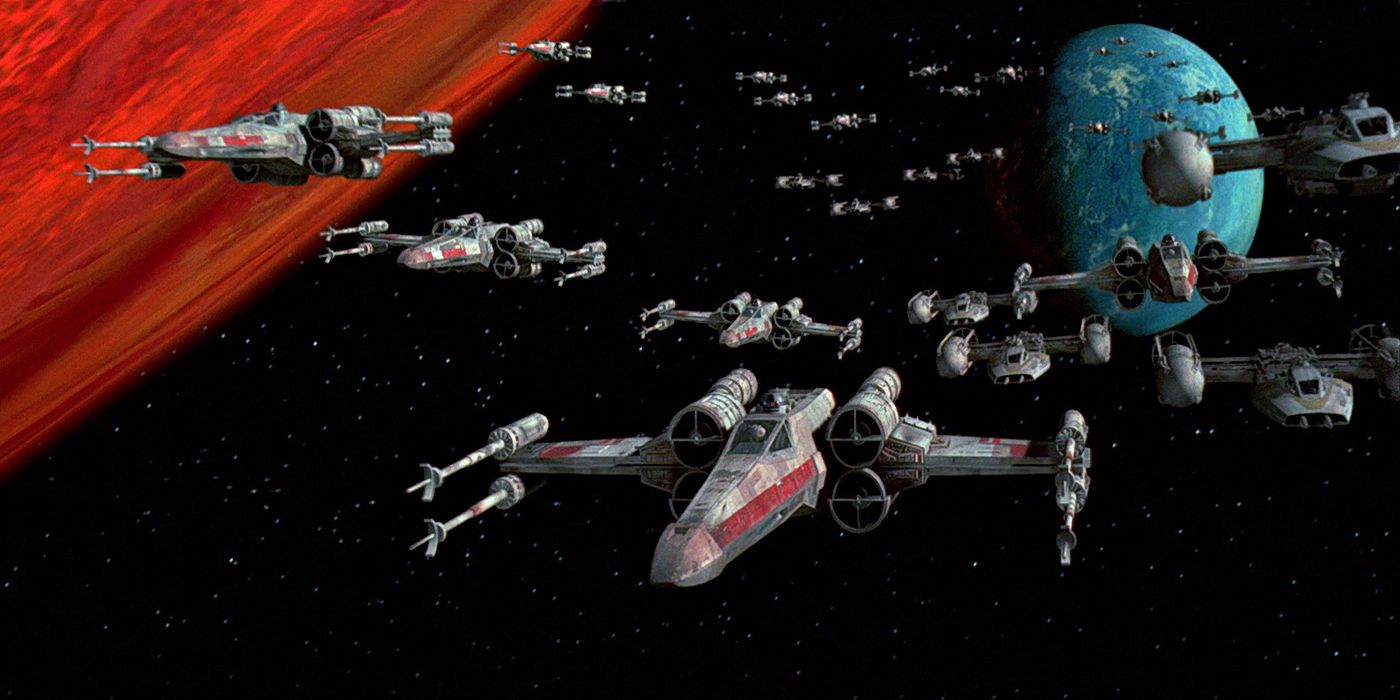
While George Lucas was in the process of creating , it’s worth noting that the director held ties to a more explicit Vietnam War film. The release of this movie and similar films might have significantly contributed to the massive success of the first Star Wars when it debuted. As documented in the 1991 film Hearts of Darkness: A Filmmaker’s Apocalypse, Lucas’s friend and fellow filmmaker urged him to direct Apocalypse Now, a movie that would later be recognized as one of the most powerful cinematic representations of the war. During this time, Lucas spent four years working on the script for Apocalypse Now alongside co-writer John Milius, all while he was also developing Star Wars.
Eventually, he decided not to take up the project, leaving Coppola to direct it instead. In February 1976, Coppola assembled a team and journeyed to the Philippines for an incredibly demanding filming process that mirrored the very war it portrayed. Lucas believed the project would be a waste of time, as he was simultaneously shooting Star Wars in Tunisia during Coppola’s filming of Apocalypse Now. This movie was one of the first significant films based on the Vietnam War, and thus it’s not surprising that Star Wars shared some narrative similarities with it.
A Variety Of Historical Settings Inspired Star Wars
Star Wars Wasn‘t Just Inspired by World War II
At one aspect, Lucas’ science-fiction masterpiece holds connections to World War II and the Nazis, as Lucas explained in an interview. This isn’t shocking. Much like Nazi Germany, the Emperor is the ruler, making decisions solely through his power, with a massive industrial complex that treats individuals as expendable resources. Militarism dominates, with a significant portion of the Empire’s budget allocated towards maintaining its military and constructing fearsome weapons such as the Death Star. There are even suggestions of prejudice since the Empire appears to prefer human beings over the galaxy’s diverse alien races. Lucas even borrowed the term “Stormtrooper” from the Nazis’ real-life paramilitary force. However, when Lucas spoke with director James Cameron in 2018, he disclosed that the Empire was also intended to reflect America – specifically during the Vietnam War era.
As a passionate film critic, I found myself intrigued by Cameron’s observation that the Rebels in Star Wars are essentially waging asymmetric warfare against a formidable Empire, a battle that, today, might label them as terrorists. Interestingly, Lucas himself compared this struggle to the Vietnam War, viewing the Vietnamese as the rebels and America as the imperial oppressors. In essence, Lucas used Star Wars as a platform to express his belief that the United States, during the Vietnam War, had morphed into an empire destined for failure, much like its predecessors. Cameron astutely pointed out that this perspective is reflected in the prequel trilogy, particularly in Padmé’s poignant remark, “This is how liberty dies, with thunderous applause.” Lucas responded to this observation by stating, “We’re living it right now,” referring to the tumultuous state of our current political climate.
The Rebel Cause Informs Star Wars
It’s the Plucky Amateurs Against the Imperialistic Professionals
The classic Star Wars trilogy presents a dramatized account of a rebellion against an oppressive, imperial regime. Numerous elements within Star Wars echo this theme, including allusions to Nazi Germany and British colonialism, as well as the depiction of rebels battling a powerful military force. This struggle is likely inspired by Lucas’s work on Apocalypse Now, with the underdog Rebellion employing tactics similar to the Viet Cong, such as outsmarting their adversaries using local geographical knowledge – exemplified most vividly in Star Wars: Episode VI – Return of the Jedi, where the Ewoks use their understanding of their environment to defeat the Empire and save the galaxy despite having limited weaponry.
In subtler forms, it can be seen as when Obi-Wan Kenobi manages to sneak the droids past the Imperial checkpoint in Star Wars: A New Hope. The level of dedication from both parties significantly impacts the situation. Similar to the North Vietnamese, the Rebels are deeply committed to their cause, which leads them to take bolder actions and think up creative ways to thwart their enemies. On the other hand, the Empire often resorts to overwhelming military attacks reminiscent of America’s struggles to suppress the Vietnamese insurgency. Unlike their foes, they rely on conscripts and volunteers for their military forces, who may be ruthless but have less personal stake in the outcome and are not prepared to risk their lives as much as the Rebels are.
Star Wars Also Incorporates Political Components Of the Time
Richard Nixon Inspired Emperor Palpatine
As Richard Nixon’s presidency ended in 1974 and the Vietnam War concluded the following year, these events were undoubtedly on Lucas’ mind while developing Star Wars. In a 1981 story conference for Return of the Jedi, as recounted in the 2013 book The Making of Return of the Jedi, when asked if Palpatine was a Jedi, Lucas responded:
Although the story conference happened in 1981, the portrayal of the Emperor’s backstory bears a striking resemblance to Palpatine’s rise to power as depicted in the Star Wars prequels. The line from Palpatine in Revenge of the Sith, “Well, when the President does it . . . that means that it’s not illegal,” echoes his character, suggesting a chilling resemblance to the real-life actions of figures like Richard Nixon. The saga is rich with political commentary, reflecting on the role of the Nixon administration in the Vietnam War and the audacity of the Viet Cong to challenge the American military might. While it’s widely accepted that these historical events influenced George Lucas and shaped the development of the saga over the subsequent decades, it’s intriguing to consider how overt this political commentary was for viewers at the time.
How Did Audiences View Star Wars?
Many of the Inspirations for Star Wars Went Over Viewers’ Heads
Interestingly enough, Star Wars: A New Hope was perceived as a balm during the war’s aftermath when it debuted in 1977. After a decade of turmoil, with countless American lives lost (not to mention millions of Vietnamese), and two presidencies tarnished forever, people yearned for a change. George Lucas’s space epic was hailed for reintroducing “fun” into cinema and offering a welcome escape for a public weary of war. What sets the original films apart is that, while Lucas drew inspiration from political commentary critical of America during the Vietnam conflict, the portrayal of rebels overcoming emperors resonated deeply within American culture in a way that felt uplifting and shared, as if the nation had found common ground again.
The fundamental theme of Star Wars, even though it may seem detached from current political events due to its science fiction setting, continues to resonate with contemporary issues related to war, as the struggle against tyranny remains timeless. Many viewers might not have been aware of the political influences in Star Wars, given its more apparent sci-fi elements. However, it was these very aspects that made it appealing, much like 1978’s Superman: The Movie, which offered a grandiose and hopeful story amidst a wave of darker content. Consequently, this seemingly ordinary space opera serves as a reflection of how history often reoccurs in various periods and locations. While the more overtly political elements that formed the basis of the franchise haven’t vanished entirely, they have certainly evolved over time.
The Star Wars Prequels Were Known for Their Political Elements
Disney+ Hit Andor Also Featured Numerous Political Aspects
The connections between “Star Wars” and the Vietnam War played a significant role in making the original trilogy compelling, despite being subtler elements that not everyone might have noticed. Interestingly, political language became much more overt in the prequel trilogy of films, with both positive and negative consequences. Notably, the prequels featured numerous scenes involving politicians and courtroom debates, where politicians even took on pivotal roles beyond the minor political aspects hinted at in Princess Leia’s character. Some fans found these more philosophical scenes to be poorly executed, ironically resembling a less successful version of the original trilogy. Nevertheless, the political underpinnings of the franchise remained evident, and were further emphasized by recent events, adding depth to the series.
The Star Wars prequels depict Anakin Skywalker’s transformation from a senator into an emperor, and they draw numerous comparisons to historical figures like Richard Nixon and Adolf Hitler. This is evident in his Senate appearances and speeches, which echo the decline of the Roman Empire and how society was weakened through entertainment, food handouts, and manipulation. There are also striking resemblances between Anakin Skywalker’s story and both George H.W. Bush and George W. Bush. Although the Iraq War didn’t occur during George Lucas’ conception of the prequels, there are broader parallels that suggest the impact of the Vietnam War on the plot’s development.
Currently, the popular Star Wars series on Disney+ is titled “Andor,” which serves as a prequel/spin-off linked narratively close to the events of Star Wars: Episode IV – A New Hope. This show delves into the backstory of Cassian Andor prior to that movie, and it distinguishes itself from other Star Wars content by adopting a more realistic, down-to-earth tone.
The second season of the series, as per many critics, pays tribute to the French Resistance. This is rooted in showrunner Jon Favreau’s personal interest and understanding of various historical revolutions, with the narrative of Star Wars appearing to draw from these events and aspects of the French Resistance. For example, the character Luthen Rael seems to be inspired by Jean Moulin, and a hotel takeover scene is based on a real historical event. Although viewers might not initially recognize these historical reenactments in the distant galaxy, one reason for Andor’s success lies in its more mature, realistic, and gritty storytelling – bringing the franchise back to its origins, as it originally aimed to subtly retell the Vietnam War through George Lucas’ vision.
Star Wars: Episode IV — A New Hope and Andor are now streaming on Disney+.
Read More
- 50 Ankle Break & Score Sound ID Codes for Basketball Zero
- Who Is Harley Wallace? The Heartbreaking Truth Behind Bring Her Back’s Dedication
- 50 Goal Sound ID Codes for Blue Lock Rivals
- How to play Delta Force Black Hawk Down campaign solo. Single player Explained
- Mirren Star Legends Tier List [Global Release] (May 2025)
- Elden Ring Nightreign Enhanced Boss Arrives in Surprise Update
- KPop Demon Hunters: Real Ages Revealed?!
- Jeremy Allen White Could Break 6-Year Oscars Streak With Bruce Springsteen Role
- Pacers vs. Thunder Game 7 Results According to NBA 2K25
- League of Legends MSI 2025: Full schedule, qualified teams & more
2025-05-18 02:28